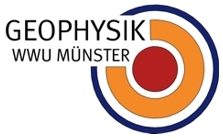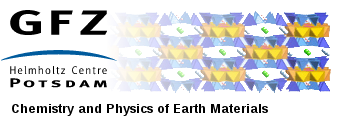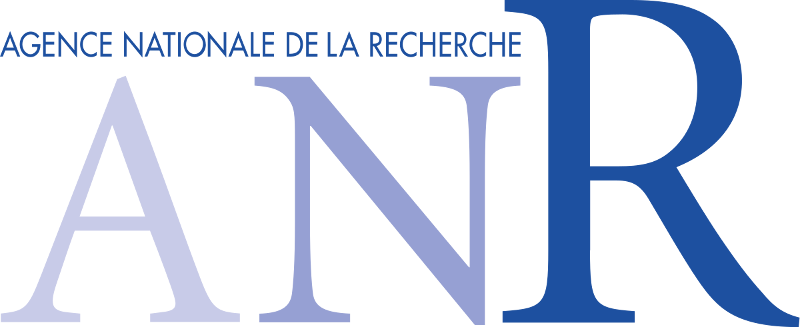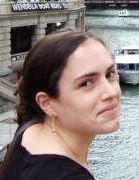Partners
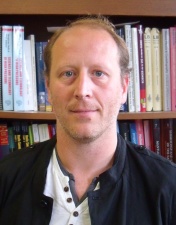 Sébastien Merkel is the French PI. He is a professor of physics at the Université de Lille. His research focuses on understanding the dynamics and formation of the deeper portions of the Earth. He performs experiments under the pressure and temperature of the Earth’s interior to study microstructures in polycrystals, their mechanical behaviour, and their relation to phase transformations. He then integrates the experimental results into polycrystal numerical models to understand wave propagation through complex microstructures and compare the results of these models to seismic observations. This work aims at understanding the dynamics and formation of the Earth’s mantle and inner core.
Sébastien Merkel is the French PI. He is a professor of physics at the Université de Lille. His research focuses on understanding the dynamics and formation of the deeper portions of the Earth. He performs experiments under the pressure and temperature of the Earth’s interior to study microstructures in polycrystals, their mechanical behaviour, and their relation to phase transformations. He then integrates the experimental results into polycrystal numerical models to understand wave propagation through complex microstructures and compare the results of these models to seismic observations. This work aims at understanding the dynamics and formation of the Earth’s mantle and inner core.
Personal webpage and contact information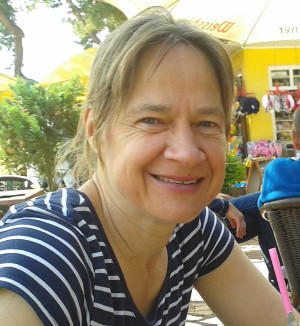 Christine Thomas is the German PI. She is Professor for Geophysics at the WWU Münster and her research focuses on deep Earth’s structure and processes. Mantle transition zone discontinuity structure, D” structure, seismic scattering and anisotropy in the deep Earth are among the topics studied. For this she and her group use mostly array seismic data and techniques to detect mantle structures and boundary layers in order to understand processes that generated these structures. Especially the connection of mineral physics and seismology are a large part of the research carried out in Münster seismology group.
Christine Thomas is the German PI. She is Professor for Geophysics at the WWU Münster and her research focuses on deep Earth’s structure and processes. Mantle transition zone discontinuity structure, D” structure, seismic scattering and anisotropy in the deep Earth are among the topics studied. For this she and her group use mostly array seismic data and techniques to detect mantle structures and boundary layers in order to understand processes that generated these structures. Especially the connection of mineral physics and seismology are a large part of the research carried out in Münster seismology group.
Personal webpage and contact information at WWU Münster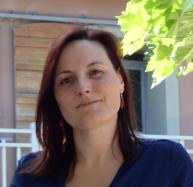 Carmen Sanchez-Valle is Professor for Mineralogie at the WWU Münster and her research focuses on mineral properties under extreme conditions. In the past, she worked on topics such as fluid-rock interactions & mass transfer in subduction zones, physics of melts & magmatic processes, water in the Earth’s interior, or the fate of subducted slabs. Her expertise lies in mineral physics and subduction petrology, and experiments at large scale facilities.
Carmen Sanchez-Valle is Professor for Mineralogie at the WWU Münster and her research focuses on mineral properties under extreme conditions. In the past, she worked on topics such as fluid-rock interactions & mass transfer in subduction zones, physics of melts & magmatic processes, water in the Earth’s interior, or the fate of subducted slabs. Her expertise lies in mineral physics and subduction petrology, and experiments at large scale facilities.
Personal webpage and contact information at WWU Münster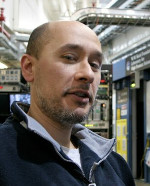 Sergio Speziale is a Senior Research Scientists at the Helmholtz-Zentrum Potsdam, Deutsches GeoForschungsZentrum GFZ. He is an expert in mineral physics, deep Earth petrology, mineral elasticity, and high pressure / high temperature deformation experiments. He will bring his expertise in high pressure / high temperature experiments at large scale facilities.
Sergio Speziale is a Senior Research Scientists at the Helmholtz-Zentrum Potsdam, Deutsches GeoForschungsZentrum GFZ. He is an expert in mineral physics, deep Earth petrology, mineral elasticity, and high pressure / high temperature deformation experiments. He will bring his expertise in high pressure / high temperature experiments at large scale facilities.
Personal webpage and contact information at GFZ
Collaborators
Nadège Hilairet is a Research Scientist at CNRS. She has worked on topics such as subduction zones minerals plasticity, high pressure / high temperature deformation experiments, modeling of polycrystal behavior, and the origin of deep Earthquakes.
Personal webpage and contact information at Université de Lille
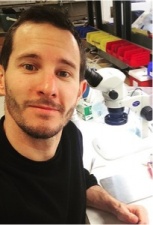 Julien Chantel is a Research Engineer at the Université de Lille. Julien Chantel obtained a PhD at the Bayerisches Geoinstitut, University of Bayreuth, Germany, followed by post-doctoral fellowships at the Université Clermont Auvergne, France, and Case Western University, United States. He is an expert in high pressure mineral physics and on performing experiments at synchrotron sources. His role in the project was of assisting students in their experimental work.
Julien Chantel is a Research Engineer at the Université de Lille. Julien Chantel obtained a PhD at the Bayerisches Geoinstitut, University of Bayreuth, Germany, followed by post-doctoral fellowships at the Université Clermont Auvergne, France, and Case Western University, United States. He is an expert in high pressure mineral physics and on performing experiments at synchrotron sources. His role in the project was of assisting students in their experimental work.
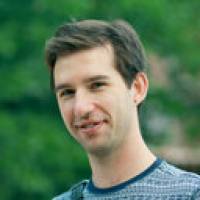 Ilya Kupenko held a scientific position at the institute for Mineralogy, University of Münster, Germany. He obtained a PhD at the Bayerisches Geoinstitut, University of Bayreuth, Germany, and the European Synchrotron Radiation Facility, France. He is an expert in high pressure experiments and provided assistance for experiments and data processing.
Ilya Kupenko held a scientific position at the institute for Mineralogy, University of Münster, Germany. He obtained a PhD at the Bayerisches Geoinstitut, University of Bayreuth, Germany, and the European Synchrotron Radiation Facility, France. He is an expert in high pressure experiments and provided assistance for experiments and data processing.
After working on TIMEleSS and other projects, Ilya obtained funding for an ERC Consolidator Grant and moved to the European Synchrotron Radiation Facility in Grenoble, France
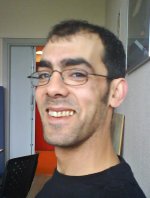 Ahmed Addad is a Research Engineer at CNRS. He is an expert at electron microscopy. For TIMEleSS, he assisted students in samples preparation and characterization using electron microscopy.
Ahmed Addad is a Research Engineer at CNRS. He is an expert at electron microscopy. For TIMEleSS, he assisted students in samples preparation and characterization using electron microscopy.
Adeline Marin is a Research Engineer at CNRS. She provided support for experiments performed at the Unité Matériaux et Transformations at the Université de Lille.
Post-docs
John Keith Magali was a p ost-doc at the Université de Lille in 2021 and 2022. After undergraduate studies in the Philippines he joined the International Center for Theoretical Physics in Trieste for a post-graduate diploma, followed by a PhD at the Université de Lyon. He is interested in inversion techniques of seismic data and how seismic data can be used as a constrain for geodynamics. in TIMEleSS, he was in charge of studying the effect of mineral microstructures on elastic wave propagation and upscaling mineral physics knowledge to the scale of seismic observations.
ost-doc at the Université de Lille in 2021 and 2022. After undergraduate studies in the Philippines he joined the International Center for Theoretical Physics in Trieste for a post-graduate diploma, followed by a PhD at the Université de Lyon. He is interested in inversion techniques of seismic data and how seismic data can be used as a constrain for geodynamics. in TIMEleSS, he was in charge of studying the effect of mineral microstructures on elastic wave propagation and upscaling mineral physics knowledge to the scale of seismic observations.
After finishing his contract with TIMEleSS in late 2022, John moved on for a new fellowship at WWU Münster Geophysics.
PhD Students
Matthias Krug 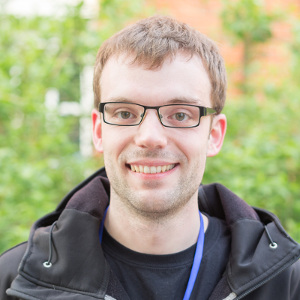 was a PhD student in the mineralogy group at WWU Münster since April 2018. After finishing his Bachelor’s in Geosciences he continued with a Master’s in Geomaterials, both in Göttingen. He was interested in the composition of the earth’s interior and how different minerals and their phase transitions determine the behavior of the whole system. His contribution to the project was to investigate microstructures and textures induced by phase transition in basaltic crust using high-pressure synchrotron experiments.
was a PhD student in the mineralogy group at WWU Münster since April 2018. After finishing his Bachelor’s in Geosciences he continued with a Master’s in Geomaterials, both in Göttingen. He was interested in the composition of the earth’s interior and how different minerals and their phase transitions determine the behavior of the whole system. His contribution to the project was to investigate microstructures and textures induced by phase transition in basaltic crust using high-pressure synchrotron experiments.
Matthias Krug is now a study coordinator at the University of Vechta.
Federica Rochira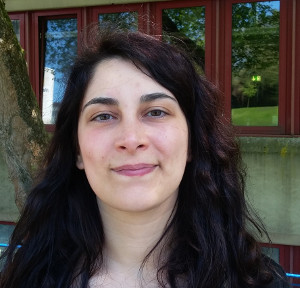 was a PhD student in the seismology group at WWU Münster since March 2018. She received a Bachelor degree in Geology and a Master degree in Geophysics at the University of Bari in Italy. She is fascinated by the structure and composition of the Earth. After working on the Earth’s crust, she was looking deeper into the mantle using a multidisciplinary approach that combines seismology, the most powerful tool “to see” the interior of the Earth, with mineral physics, the key to interpret seismic data. Her PhD project within TIMEleSS focused on investigation of seismic signals from structures and discontinuities in the mid-mantle using array seismology method.
was a PhD student in the seismology group at WWU Münster since March 2018. She received a Bachelor degree in Geology and a Master degree in Geophysics at the University of Bari in Italy. She is fascinated by the structure and composition of the Earth. After working on the Earth’s crust, she was looking deeper into the mantle using a multidisciplinary approach that combines seismology, the most powerful tool “to see” the interior of the Earth, with mineral physics, the key to interpret seismic data. Her PhD project within TIMEleSS focused on investigation of seismic signals from structures and discontinuities in the mid-mantle using array seismology method.
Federica Rochira graduated in June 2024, and remained in Münster to work on new seismology and deep Earth projects.
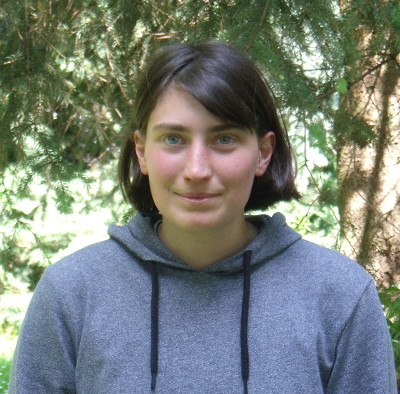 Estelle Ledoux was a PhD student in the Earth and Planetary Materials group at the Université de Lille since May 2018. She received a Bachelor degree in Geology from the Université de Caen and a Master degree in Earth, Environment and Planetary sciences at the Université de Orléans. She is interested in minerals, their microstructures, and how they can be induced by deformation. After working on the deformation of natural plutonic rocks under the Cyclades islands, she is now looking into the Earth’s interior. Her PhD project is funded by the Université de Lille and TIMEleSS. Her role within TIMEleSS was to look at phase transitions in mantle minerals.
Estelle Ledoux was a PhD student in the Earth and Planetary Materials group at the Université de Lille since May 2018. She received a Bachelor degree in Geology from the Université de Caen and a Master degree in Earth, Environment and Planetary sciences at the Université de Orléans. She is interested in minerals, their microstructures, and how they can be induced by deformation. After working on the deformation of natural plutonic rocks under the Cyclades islands, she is now looking into the Earth’s interior. Her PhD project is funded by the Université de Lille and TIMEleSS. Her role within TIMEleSS was to look at phase transitions in mantle minerals.
Estelle Ledoux graduated in 2021 and then moved on for a post-doctoral fellowship at the Department of Geology and Geophysics of the University of Utah.
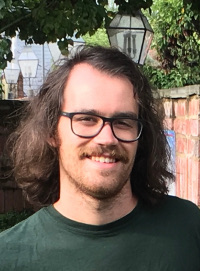 Jeffrey Gay was a PhD student in the Earth and Planetary Materials group at the Université de Lille since October 2018. He received a Bachelor degree in Geology from the Montana State University and a Master degree in Geophysics from the University of Utah in the United States. He is interested in deep Earth materials interactions, extreme conditions experiments, and the deformation properties of minerals. In his free time, he can be found snowboarding, climbing, and cycling. In the past, Jeffrey taught mineralogy and structural geology as a teaching at the University of Utah. His PhD project was funded by the TIMEleSS project. His role within TIMEleSS was concerning phase transitions in mantle minerals.
Jeffrey Gay was a PhD student in the Earth and Planetary Materials group at the Université de Lille since October 2018. He received a Bachelor degree in Geology from the Montana State University and a Master degree in Geophysics from the University of Utah in the United States. He is interested in deep Earth materials interactions, extreme conditions experiments, and the deformation properties of minerals. In his free time, he can be found snowboarding, climbing, and cycling. In the past, Jeffrey taught mineralogy and structural geology as a teaching at the University of Utah. His PhD project was funded by the TIMEleSS project. His role within TIMEleSS was concerning phase transitions in mantle minerals.
Jeff graduate in 2022 and then moved for a post-doctoral fellowship at the Department of Geosciences of the University of Princeton.




